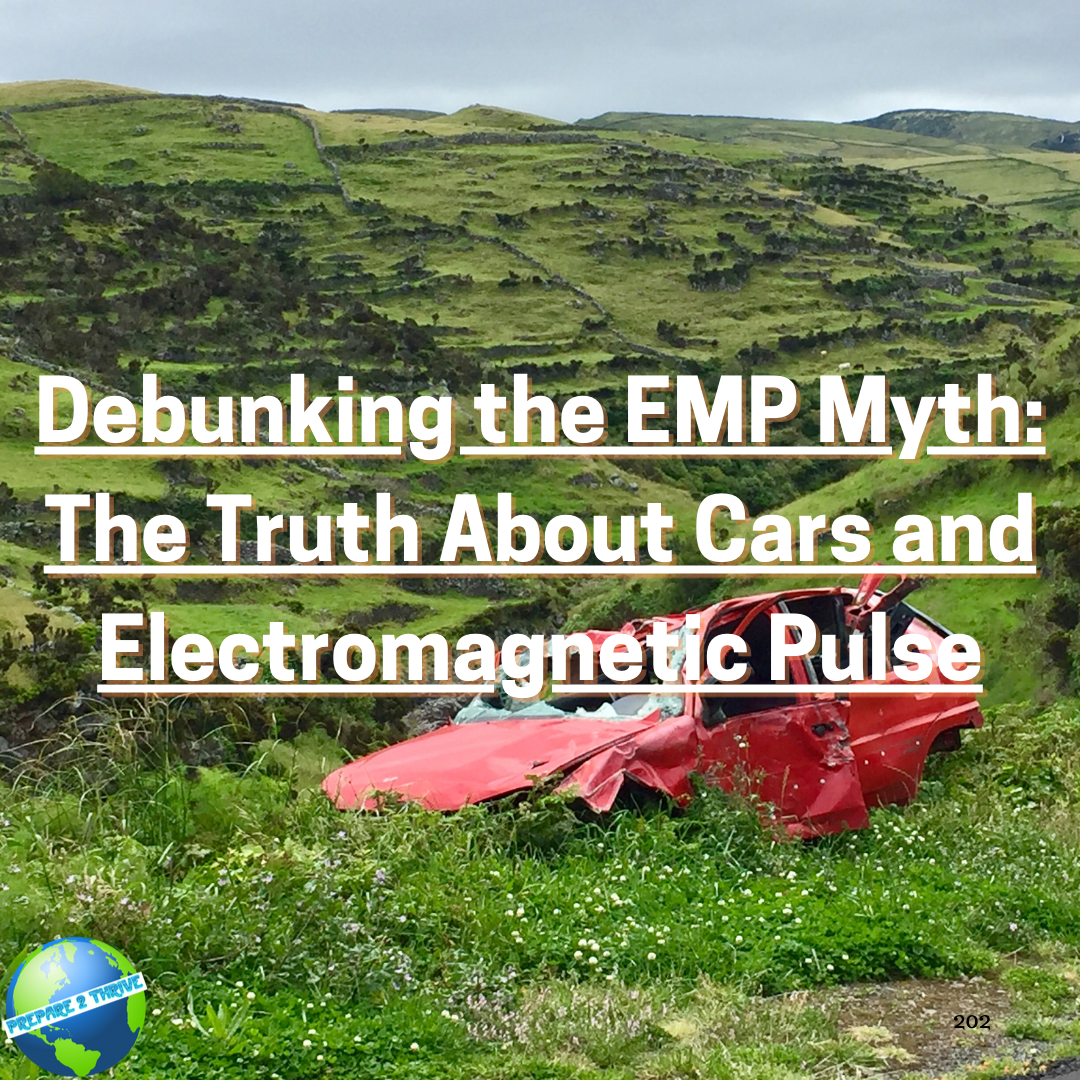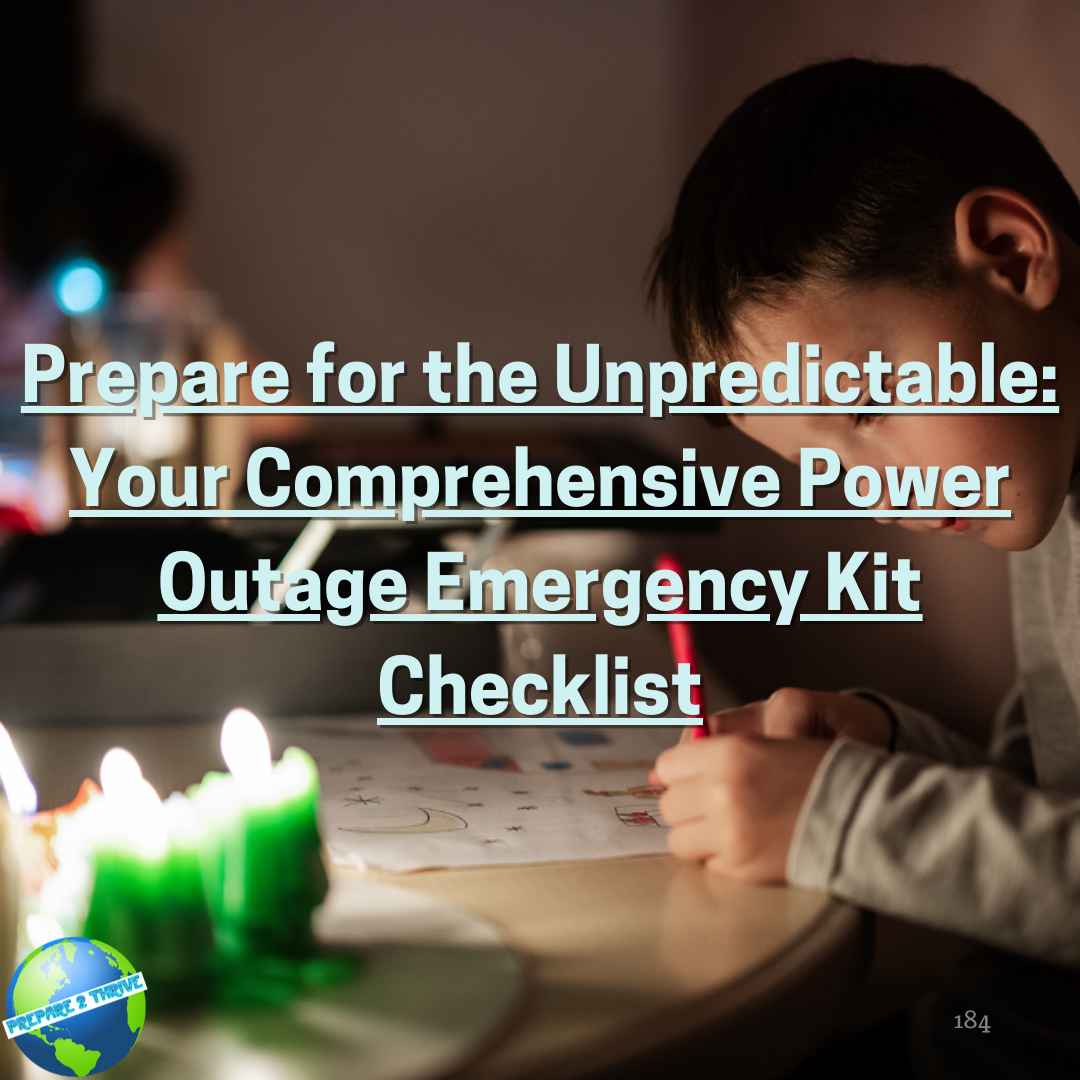 In the world of prepping and survivalism, there's a prevailing myth that an electromagnetic pulse (EMP) can instantly turn vehicles into useless metal hulks, stranding their owners in a post-apocalyptic scenario. However, a closer look at the scientific evidence suggests that the impact of EMP on cars might be less dramatic than commonly believed. This article delves into the findings of the "Report of the Commission to Assess the Threat to the United States from Electromagnetic Pulse (EMP) Attack" to shed light on the actual effects of EMP on automobiles.
In the world of prepping and survivalism, there's a prevailing myth that an electromagnetic pulse (EMP) can instantly turn vehicles into useless metal hulks, stranding their owners in a post-apocalyptic scenario. However, a closer look at the scientific evidence suggests that the impact of EMP on cars might be less dramatic than commonly believed. This article delves into the findings of the "Report of the Commission to Assess the Threat to the United States from Electromagnetic Pulse (EMP) Attack" to shed light on the actual effects of EMP on automobiles.
Excerpt from the Report: The "Report of the Commission to Assess the Threat to the United States from Electromagnetic Pulse (EMP) Attack" provides a valuable insight into the EMP resistance of cars. The report, which can be accessed here (Page 115), reveals that 37 cars ranging from 1986 to 2002 were tested in an EMP simulation laboratory. The results challenge the widely held belief that EMP renders all vehicles inoperable.



 For those who enjoy extended cruising vacations, a bug-out sailboat provides the perfect mix of a relaxing vacation with the security of being prepared for any disaster. The combination of open skies, wind, and solar power makes a bug-out sailboat an ideal vehicle for living off the grid and surviving in a disaster situation.
For those who enjoy extended cruising vacations, a bug-out sailboat provides the perfect mix of a relaxing vacation with the security of being prepared for any disaster. The combination of open skies, wind, and solar power makes a bug-out sailboat an ideal vehicle for living off the grid and surviving in a disaster situation. Introduction:
Introduction: When it comes to prepping, one crucial aspect to consider is power supply. In a disaster or emergency situation, having access to reliable and independent power sources can make a significant difference in your ability to stay connected, powered up, and self-sufficient. Off-grid power solutions provide preppers with the means to generate electricity and meet their energy needs even when traditional power grids are compromised. In this article, we will explore various off-grid power options that can empower preppers to thrive in challenging circumstances.
When it comes to prepping, one crucial aspect to consider is power supply. In a disaster or emergency situation, having access to reliable and independent power sources can make a significant difference in your ability to stay connected, powered up, and self-sufficient. Off-grid power solutions provide preppers with the means to generate electricity and meet their energy needs even when traditional power grids are compromised. In this article, we will explore various off-grid power options that can empower preppers to thrive in challenging circumstances.